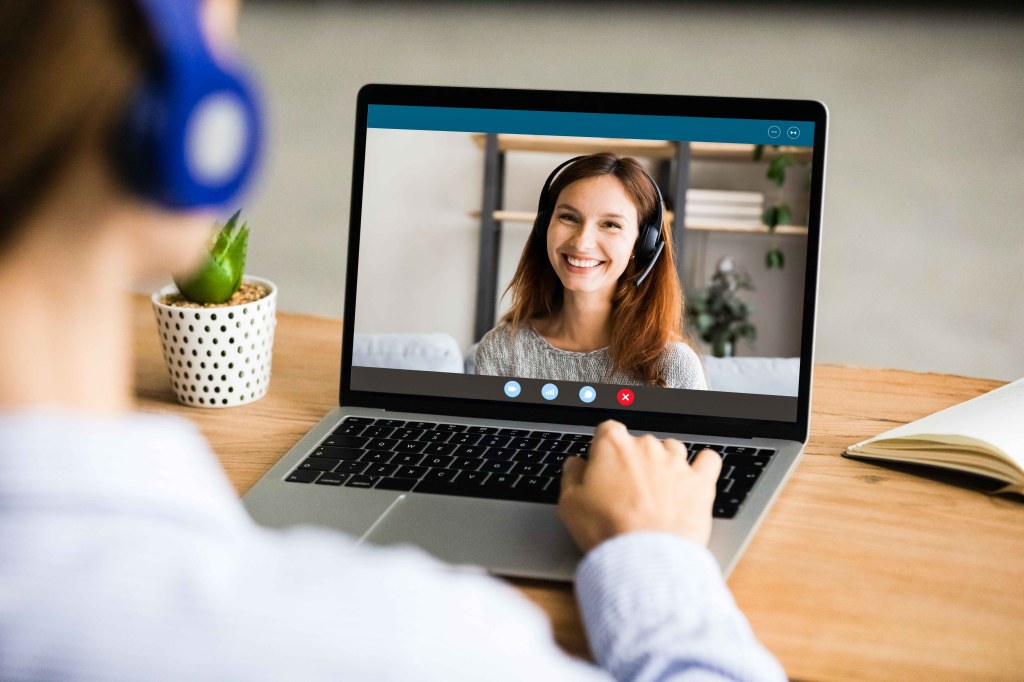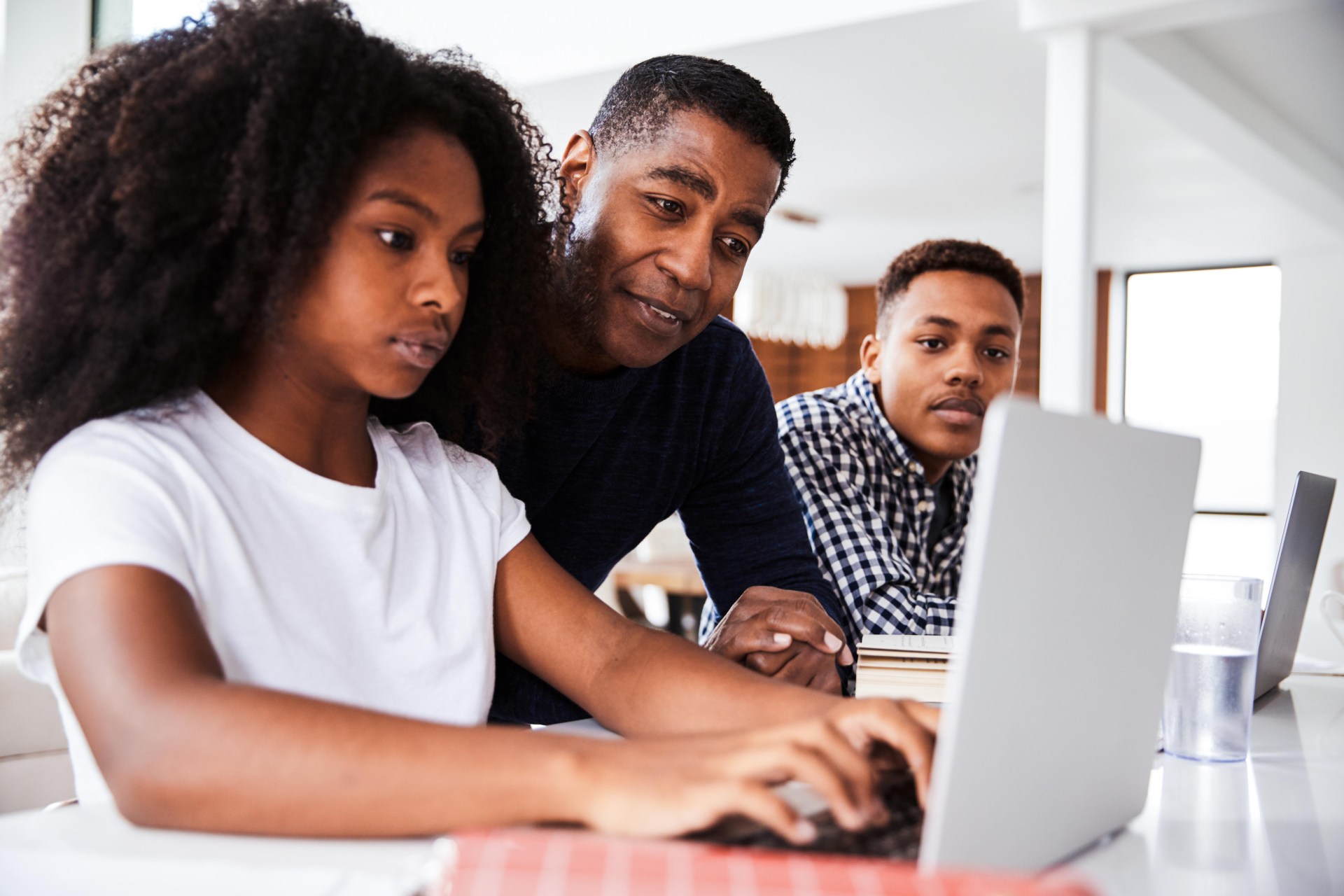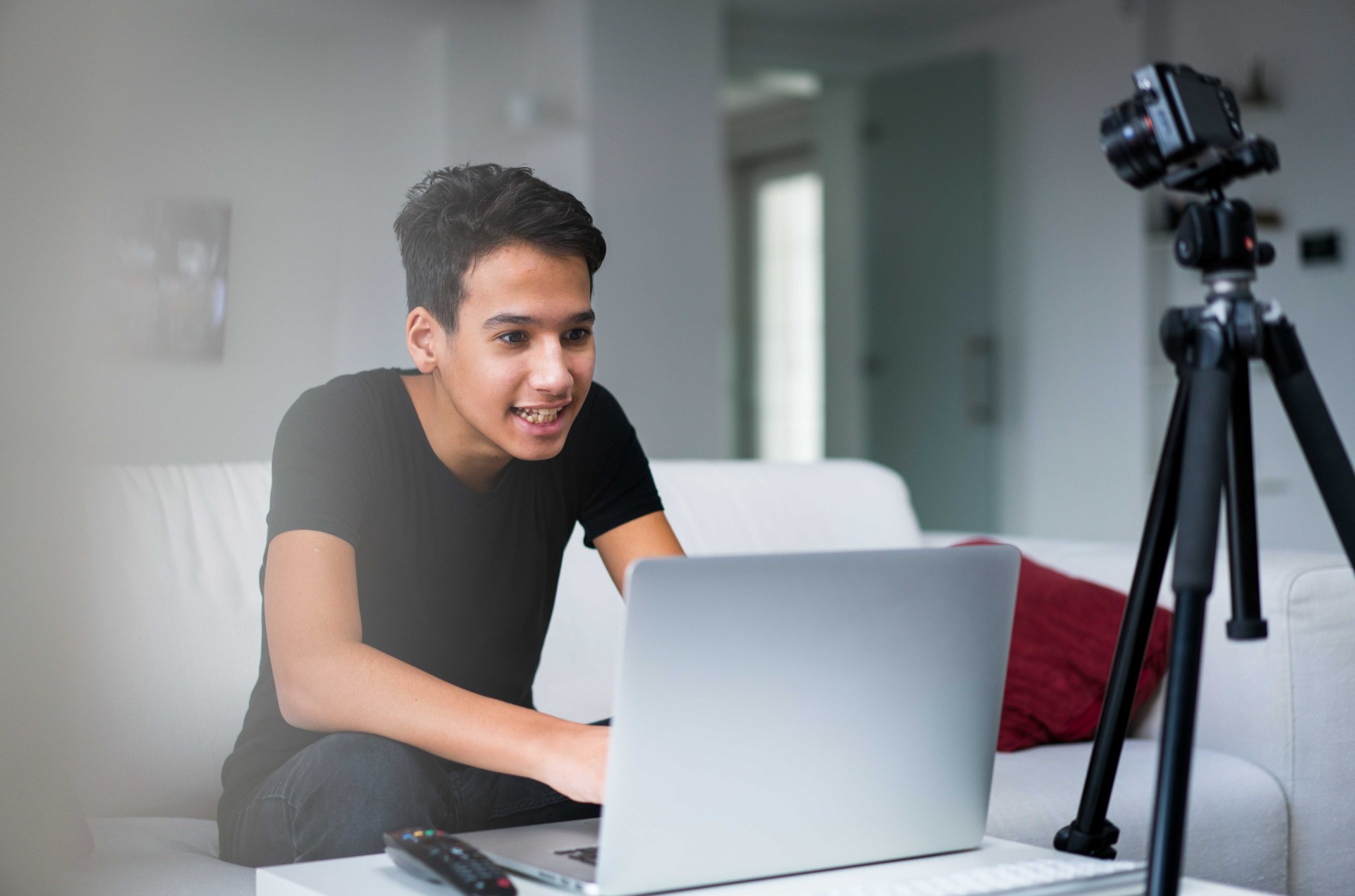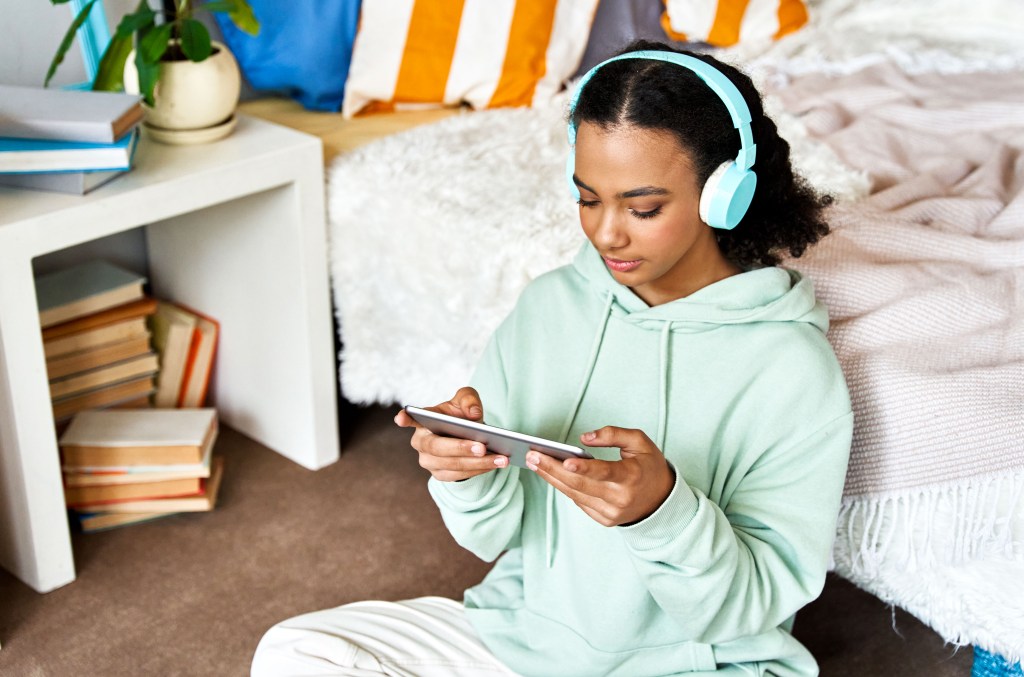Think back to when you were a teen getting ready to land your first job. Go on, we’ll wait. You probably had no idea how to prepare for a job interview, right? If your kid is gearing up for a one-on-one with a potential employer, they’re likely facing similar anxieties.
Fretting over not having any interview experience, wondering about the most common interview questions, considering what to wear and how to make the best first impression is… a lot! But with the right job interview tips, you can help your teen feel confident that they’re prepared to do well in their first job interview.
There are tons of reasons your kid might be ready to get a part-time or summer job. The best jobs for teens provide good real-life experience, help develop practical skills—including communication, teamwork, and money management—and develop their professional networks.
Then there’s the benefit of earning money, which parents who are tired of footing the bill for Uber rides, meals out, and entertainment, will appreciate.
And as it turns out, these junior gigs don’t just boost teens’ finances now; according to a 2014 University of British Columbia study, working as a teen also correlates to better career prospects and higher salaries in the future. (If that doesn’t get both kids and parents excited about job hunting, we don’t know what will!)
Has your teen started the job hunt? Here’s all the job interview prep tips you, and your teen, need to know.
What your teen needs to know about how to prepare for a job interview today
It may be tempting to rely on your memories of applying for your first job, but it’s important to realize that the job market and standard interview processes have changed drastically over the past two decades, especially in these areas.
The teen job search is all digital
While job-search engines like Monster.ca launched in the ’90s, you and your friends may still have found open positions through classified ads in the local paper. Today, companies list jobs on their own sites and external job boards, so it can be easier for teens to find interesting roles.
Social media may also be a good place for your kid to start their search by following companies and organizations they’re interested in.
The application process is also online
Maybe you got your first job after dropping off a paper resumé to the manager on duty at the grocery store, arcade, or coolest clothing boutique in town. Now, many companies require interested parties to submit their applications through their own job portals, an external job board, or even a site like LinkedIn.
While some places still take in-person resumé drop-offs, you’ll want to look online first to see what the company prefers. You don’t want to encourage your kid to submit their application in person if the business’s site clearly states they need to apply online; it won’t make a good impression and their resumé might very well end up in the trash.
Read more: How to make a resume for teens with examples.
And the interview might be too
Remember schlepping across town to your first interview? You were worried about arriving too early or getting there late, and you were definitely drenched with nervous sweat! Over the past little while, we’ve all learned how convenient it is to conduct some forms of business online.
Your teen may find that a potential employer would like to schedule an interview via an online platform, eliminating the need to commute to meet them in-person. Prep your child for how different meeting someone online is, and help them make sure they’ll have access to a working device. You might need to update yours or tap a friend or family member to borrow one.
Read more: Job interview questions for teens with sample answers.

5 job interview tips for teens
1. Dress for success
Older job interview tips might have included “dress for the job you want, not the job you have,” but interviewers have relaxed slightly since we were the ones preparing for our first job interview.
There’s no need for your teen to carry a briefcase or wear a suit if they’re applying to work at a fast-food joint. But they should still dress professionally, which could mean clean, well-fitting pants and a tailored top, a nice dress, or a skirt and blouse. When in doubt, it’s best not to go too casual. If they don’t know the company culture, advise them to avoid jeans, shorts, and flip-flops.
2. Practise basic interview etiquette
Every interview is different, but there are some common job interview tips your teen should follow. Step one: They should do their research on the company they’re applying to. Candidates who can demonstrate that they’ve done their homework come across as interested, dedicated, and detail-oriented.
If their interview is in person, remind your teen that they should be polite and respectful to everyone they encounter—including the receptionist and other support staff—make eye contact, smile, and project confidence. These can be hard behaviours to pull off, especially when you’re nervous. Doing some dry runs can help your teen feel more prepared.
If the interview is taking place over Zoom or another online platform, rules regarding appropriate attire and being respectful still stand. You’ll definitely want to encourage your child to download and get familiar with the platform beforehand so they aren’t fumbling around once the interview has started.
It’s also important for them to do the interview in a quiet room with no distractions. You can help them by letting them use your home office or workspace, and by keeping any siblings or pets busy or out of the house so they don’t make an unwanted appearance. Remind your teen to look at the screen, and to speak clearly and slowly so the people on the other end can hear what they have to say.
3. Brainstorm questions
Answering questions asked at job interviews is just one part of the process. Your teen should also be asking their own questions to show the hiring manager that they’re engaged, interested, and thinking about how they would fit into the available role.
Before they head off to their interview, help them come up with two or three things they can ask. These can be very practical, including what the hourly rate is, or whether they need special equipment or clothing. But it’s a good idea to ask big-picture questions too, like what qualities the ideal candidate would have or how the hiring manager would describe the company culture.
4. Set realistic salary expectations
For many teens, there’s not a lot of room to negotiate a starting salary—they’ll likely be paid minimum wage, which will be at least $15 per hour starting December 29, 2021. But they may not know that, especially in the age of Instagram affirmations about knowing your worth. Have a chat with your child about how much money they’re likely to make at their first job and how they should manage it.
This is also a good time to remind them about the “three jar” system, in which they divide their earnings into three separate categories: spend, save, and give. This encourages them to spend responsibly, think about the future, and invest in making the world a better place.
5. Prepare a thank-you note ahead of time
They don’t have to send a physical snail-mail card, but a genuine email thanking the interviewer for their time and reiterating your teen’s interest in the job won’t hurt their chances. Plus, it’s a good habit to form for the future.

The most common questions asked at job interviews to practise
Perhaps the best way parents can help their teens prepare for a job interview is to role-play. Go for maximum authenticity: Have your teen dress as they would for the interview, greet you as if you’re the hiring manager, and run through the interview as if it were happening in real life.
This role-play allows your teen to get comfortable with more formal interactions and practise their answers to the most common interview questions, which often include:
- Why are you looking for a job?
- Why do you want to work for us?
- Why are you the right person for the job?
- What are some of your accomplishments?
- What are you learning in school that will help you with this position?
- Tell me about a problem you had recently and how you solved it.
Mydoh helps kids learn the money skills they need for the real world
Before your kid even starts the teen job search, they will need to understand how to spend (and save) their money, not just earn it. Mydoh is a chores and allowance app designed for both parents and kids. It gives kids valuable experience with making, saving, and spending money, getting them ready to manage their own money once they land their first job.
After you download the app, you can work together to manage household chores, allowance, and spending habits.
They can start spending—and saving—the money they make from allowance-based chores with the Mydoh Smart Card, which is the equivalent of a debit card. You both have access to the account to see the list of chores, how much your teen has been paid, and how much money they’ve spent. It’s a great way to help kids learn the money skills they need for the real world.
Download the Mydoh app to help you raise money-smart kids with an easy-to-follow chore-based allowance system.


